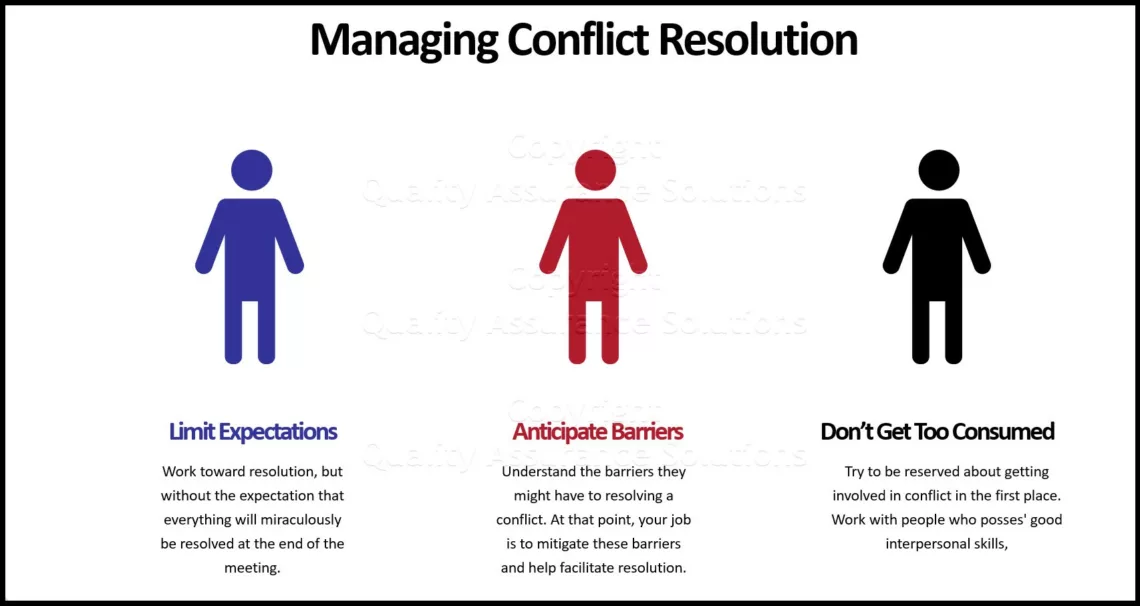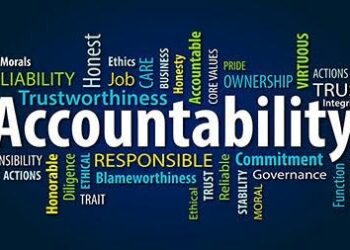Think about a company as a well-oiled machine; you have the right tools and have invested a lot of money and material, but you have no people to manage and operate it. What happens?
You guessed it: Nothing!
Employees are the main assets that power and run a business, and more specifically, leaders/managers are the employees that help attain the business’s objectives. They are like the oxygen that ensures continuity and guarantees productivity.
But this isn’t as easy as it sounds. In every organization, some people lower morale, slow productivity, and annoy other team members because of their attitude and disturbing behavior.
If these situations escalate, the smooth functioning of the entire organisation suffers.
I’m sure you’ve wished for psychic abilities to predict interpersonal issues and conflicts in the workplace. Although I can’t offer you a crystal ball, here are some highly effective tips on spotting and solving trouble brewing in the workplace.
Tips For Enhancing Your Conflict Resolution Competency
Tip 1: Handling A Negligent Employee Who Avoids Work
Don’t be too quick to judge if you spot an employee who habitually avoids work and spends most of their working hours engaging in personal matters. Instead, take the time to understand their situation and get to know them better.
Once you find the right match between an employee’s job description and strengths, they are almost always guaranteed to succeed. Next, coach them about developing a plan to achieve their goals.
Lastly, give them ample feedback and highlight their achievements – this will establish a win-win situation for the employee and the organisation.
Tip 2: Dealing With Difficult Employees
What is a ‘difficult’ employee? Is it someone who has an unorthodox approach to work? Or someone who doesn’t have the coping mechanisms for balancing personal challenges and their job?
While labeling certain behaviors is easy, addressing the root cause behind people’s actions is more important. Why would an employee choose to act out and compromise their source of livelihood? Listen to the employee without any prior assumptions.
Now and then, the ‘difficult’ employee isn’t the issue; it’s a deeper problem concerning the organization’s culture. But sometimes, the employee is simply a troublemaker and needs to be dealt with appropriately.
Tip 3: Resolving Conflict At The Workplace
Say you’ve received a complaint about an argument between employees. You’ve heard what happened at the scene and are asked to take action.
In such scenarios, always remember that there will be as many points as there are mouths. So before doing anything, visit the argument scene and talk directly to the people involved. Then, base your decision on firsthand, truthful information only.
Tip 4: Be Prepared For Tough Situations
Even a simple discussion can turn south when the situation involves a rather aggressive and stubborn staff member.
That’s why it’s important to be prepared when dealing with such employees.
Meet with them in a neutral, private location and as a necessary safeguard in some extreme cases – you may want to record the entire conversation. Then, coach others on the team on how to conduct themselves around the employee.
Also, take safety precautions that aren’t visible to the employee in case they turn violent – better safe than sorry.
Final Thoughts
Dealing with workplace conflicts efficiently keeps employees satisfied and ensures that organisations run smoothly. It is a difficult job, but with the right mindset and experience, a smooth working environment can be achieved.
Just remember to be patient, don’t judge too quickly, always make decisions based on firsthand information, and ensure everyone’s safety at the workplace, including your own!





